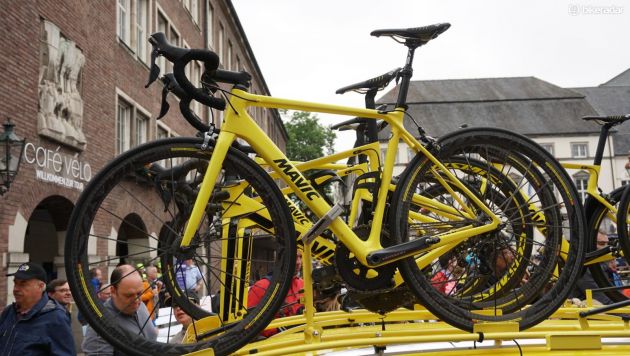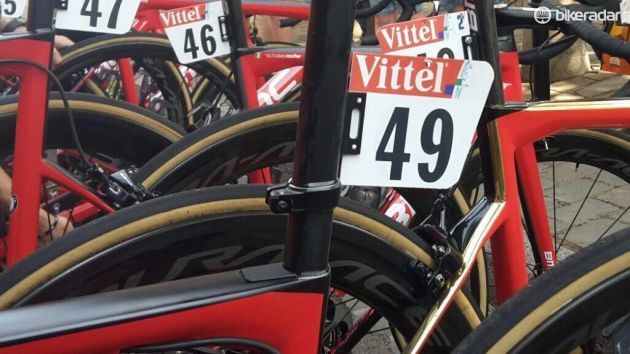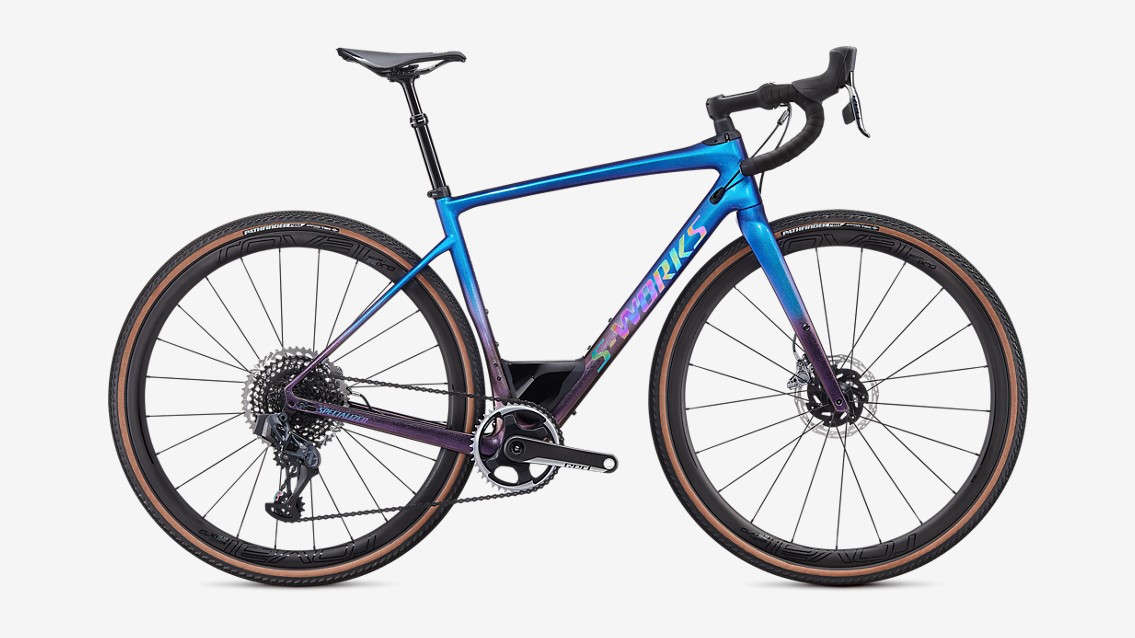Should WorldTour road bikes use dropper posts?
Dropper seat posts could reduce high-speed descending risk for WorldTour riders

Dropper seatposts are increasingly popular among riders of gravel bikes and cyclo-cross bikes, yet they could have benefits outside the muddy world of off-road racing.
If there is an available gain which equates to a few watts of power saved, courtesy of improved anything, professional road cycling teams will pay to have it. Here, Cyclingnews explores the possibility that the next marginal gain is dropper posts.

For WorldTour teams, who are obsessed with any performance benefit, no option is left undiscovered. If special bearings spin with less rotation drag, cost and durability is not an issue, and a WorldTour team will adopt them.
But what about adjusting the dynamic cornering stability on a bike used in a Grand Tour? The potential gains are significant, yet this remains an unutilised solution, despite having seen KS dropper posts on Mavic's fleet of neutral support bikes at 2017's Tour de France to help riders quickly adjust the service bikes to suit their size.
Mavic's KS posts weren't the only droppers that were experimented with in the pro peloton. BMC Racing conjured up a back-up plan for team leader Richie Porte, involving a custom dropper post on teammate Danilo Wyss' bike back in 2017, in case Porte was to need a bike change in the event of a crash. Despite the undisputable performance gains to be had, we haven't seen a dropper post since.
One of the few places WorldTour team bikes can effectively gain free speed is descending, which is also the highest risk portion of any stage. With a fixed seatpost, a rider has no choice but to be in the least stable cornering posture. This reduces their overall confidence and descending speed, on those gravity-assisted free-mileage descents.

Low is fast
With a dropper seatpost, any rider could significantly reduce their risk, and increase speed, when descending. Permitting a lower rider position on the bike, the dropper seatpost allows for better cornering lines and tighter apexing, by transferring balancing force onto the outside pedal, stabilising a bike’s lean angle.
Get The Leadout Newsletter
The latest race content, interviews, features, reviews and expert buying guides, direct to your inbox!
Mass and efficiency are crucial considerations for any WorldTour team, and on predominantly flat stages, a dropper seatpost would be considered a bit much of a muchness – adding unnecessary weight to the bike but team mechanics could easily shave off unnecessary grams elsewhere to meet the 6.8kg minimum weight limit set by the UCI.
On any Alpine, Pyrenean or Dolomite stage, where brutal climbs are always followed by terrifyingly steep switchback descents, the dropper seatpost has unquestionable benefit. Riders are capable of hugely fast descending speeds, where even a few millimetres of incorrect line choice, can have severe consequences.
The only technical issue preventing WorldTour teams from using dropper seatpost on their team bikes, for stages with steep descents, is seat tube size. Most carbon road bike frames have seat tube diameters which are too narrow to house the available dropper seatposts in the market.
For teams who want to gain time and ensure rider safety, on the steepest of stages, even a short-travel 30mm dropper seatpost could be valuable.
Although the market for dropper seatposts currently reflect a bias towards mountain bikes and their large diameter seat tubes, there is definitely an application for road-bike specific droppers, too.
The possible solution could source from cyclo-cross dropper seatpost design, which is much closer in specification to a slim-tube road bike, than mountain bike frame specification.
Lance Branquinho is a Namibian born media professional, with 15-years of experience in technology and engineering journalism covering anything with wheels. Being from Namibia, he knows a good gravel road when he sees one, and he has raced some of Africa’s best-known mountain bike stage races, such as Wines2Wales and Berg&Bush.